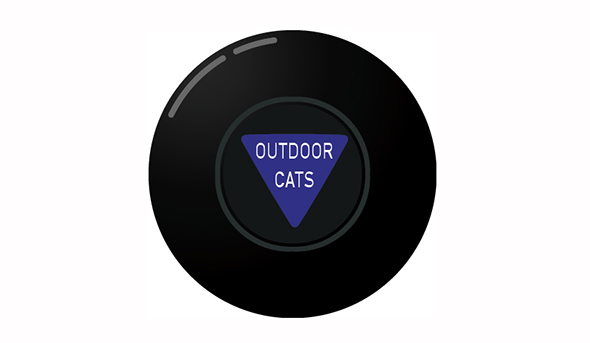For too many in Hawaii’s conservation community, the answer is always the same—regardless of the question being asked.

Examining the ongoing campaign to eradicate Hawaii’s outdoor cats, one soon discovers a familiar pattern: the rationale is often based on flawed science (often produced by government agencies). But, perhaps because of conservation concerns more desperate than those on the mainland, there’s an unsettling tendency to “interpret” scientific evidence in a way that will implicate cats regardless of a study’s actual results.
No matter what the research question, it seems the answer is invariably “cats.”
Witness, for example, a paper published earlier this year in the Journal of Wildlife Diseases, in which the authors suggest that outdoor cats pose a threat to Hawaii’s state bird, the Nene (or Hawaiian goose), by spreading the parasite Toxoplasma gondii. One problem: the island where the researchers found the greatest seroprevalence of T. gondii infection among the birds, Molokai, just so happens to be home to perhaps the most dramatic increase in their numbers in recent years. Read more
